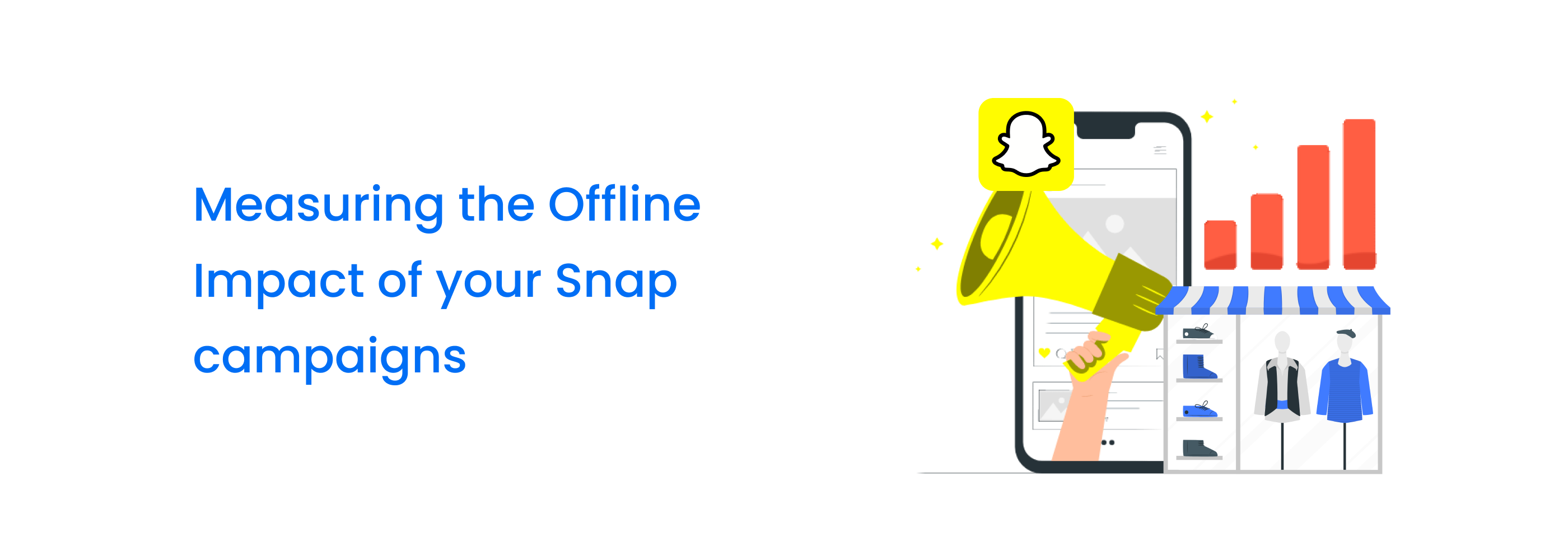Prepping for the ‘Cookie Crumble’
Tracking of user behavior has been a well-accepted method of data collection that has enabled marketers to run successful Ad campaigns and strategies. The access to analytical data on the number of users visiting your page, where they click, what they’re liking and what’s selling can be a catalyst for any marketer trying to optimize their marketing efficiency.
The interesting factor is that all this was made possible with the help of ‘Identifiers’ – i.e., Browser IDs or Cookie IDs. In this case, with the help of third-party cookies, the Cookie ID was launched on your browser to track your activity. Data was collected and then sent to advertiser channels to be mapped, thus enabling the adoption of efficient advertising techniques.
However, this method of tracking users across websites raised concerns about user and data privacy. The increased level of sensitization to how data was being collected, stored and used led to regulations such as GDPR and CCPA laid down explicit guidelines for user consent and data collection. Leading Operating Systems and Browsers took strongly to this move as Apple’s Safari, Mozilla’s Firefox blocked third-party cookies. Google too announced its trials with Privacy Sandbox and its extended but clear aim to phase-out out third-party cookies by 2024. These decisions posed new challenges to marketers as they looked for immediate and worthy alternatives.
Impact of the third-party cookie deprecation…
The deprecation of third-party cookies is set to impact marketers, the advertising industry, and brands tremendously. A report by Google suggests that most publishers will lose 50-70% of their revenue until an alternative is not made available. Eliminating third-party cookies can have a remarkable impact and may pave the way for a more effective, less intrusive digital marketing strategy.
The deprecation of third-party cookies will impact the way campaigns are implemented and managed by brands. Third-party cookies were the primary way to learn about your target audience and their online behaviors, such as frequently visited websites, recent purchases, and interests. With this information, marketers could develop detailed visitor profiles and create personalized, targeted advertising and re-targeting campaigns. Specifically, advertisers used third-party cookies for targeting, measurement, and attribution.
Another critical element of third-party cookies for advertisers is the ability to measure ad campaign success and accurately attribute conversions to specific ads. This is necessary for campaign optimization. As third-party cookies become less available, multi-touch attribution models will become less reliable.
Fortunately, while the loss of third-party tracking will change the way companies advertise their products, not all hope is lost. It’s time to strengthen other aspects of your marketing strategy to fill in the void created by third-party cookies. First-party data is the future and a valuable source of personalized data.
















